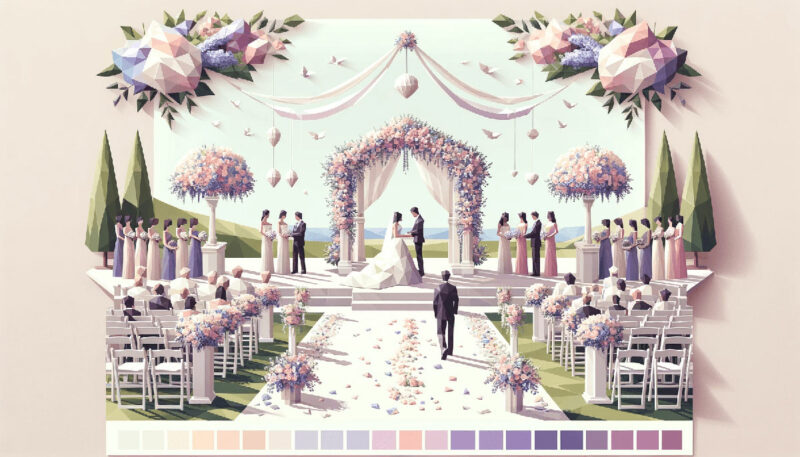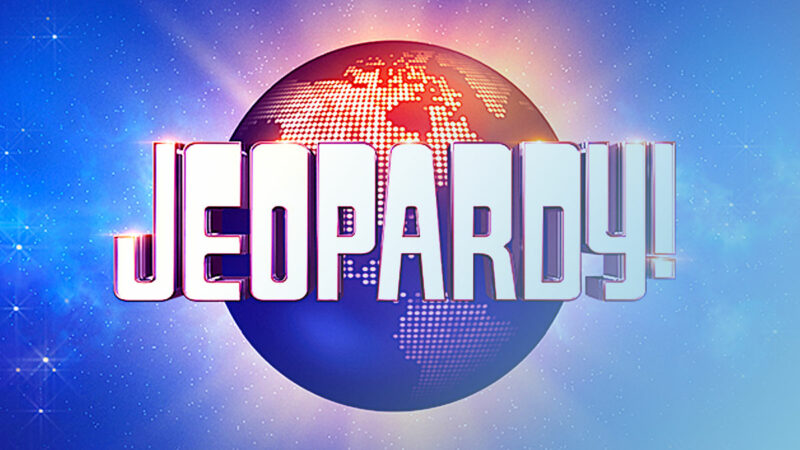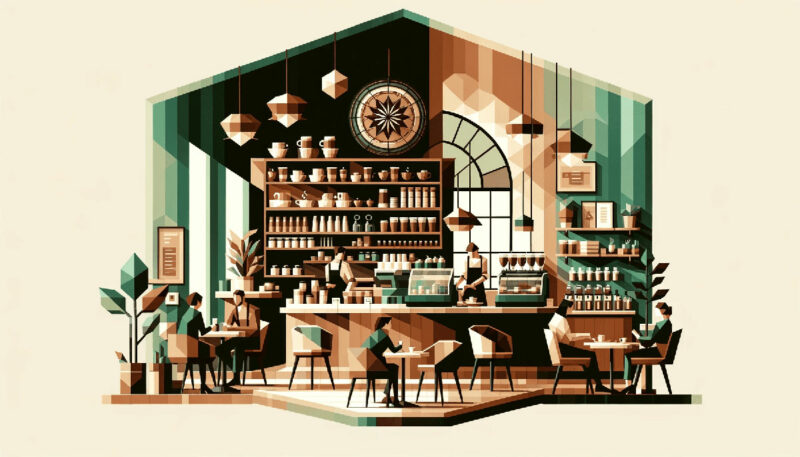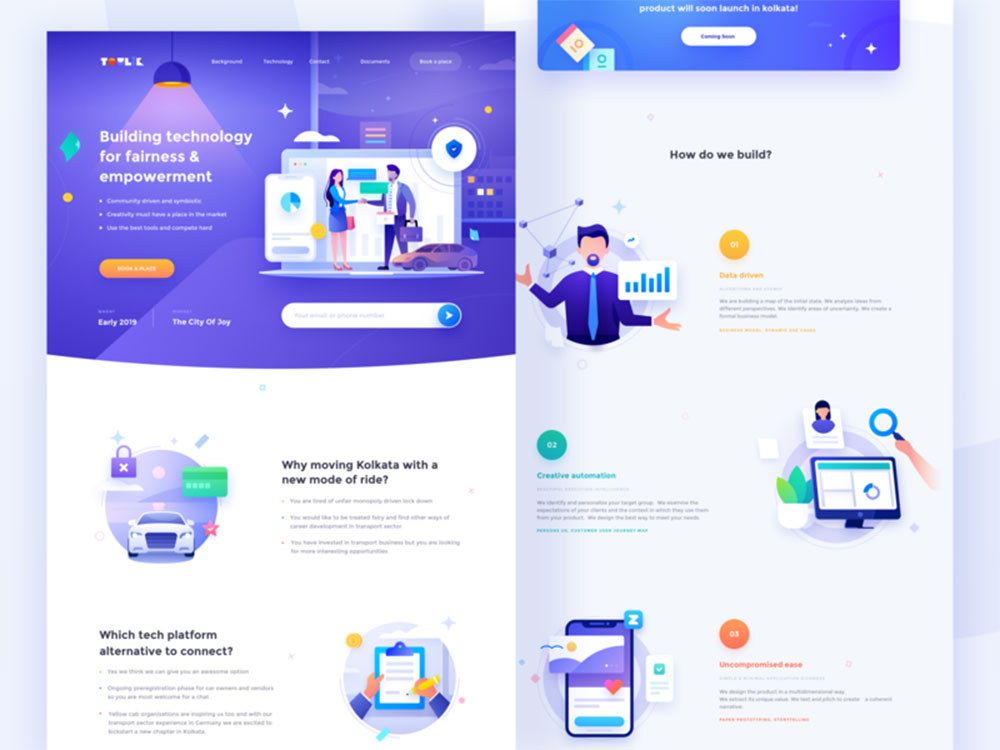Harnessing Artificial Intelligence in Design: A Closer Look at Image-To-Text Applications
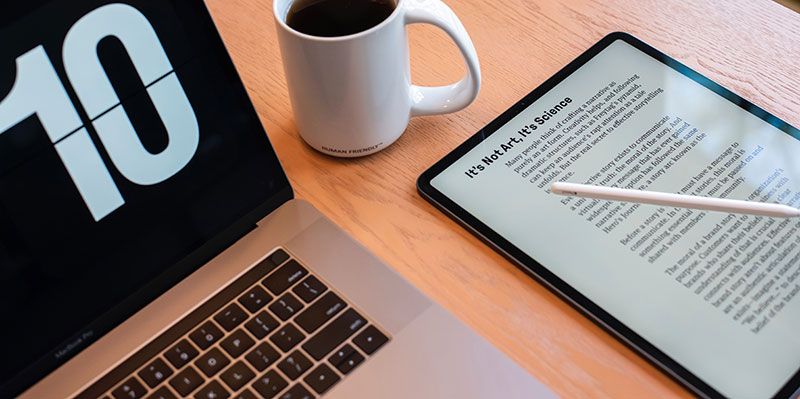
Innovation has taken on a new meaning with the advent of artificial intelligence (AI), a powerful force driving progress in multiple sectors, including design. Image-to-text applications are one example where transformational technology is having a significant impact. Such groundbreaking tools have wholly revolutionized how designers work with visual content. Thanks to sophisticated machine learning algorithms and computer vision techniques, these tools precisely analyze images and extract meaningful text embedded within them.
Designers can benefit immensely from incorporating image-to-text technology. Textual information on images can now find use in strategic insights, gathering greater accessibility improvements, and streamlining workflows for enhanced creativity. Blending visual and written elements alters how designing works, allowing craftspersons to express themselves better across their target market.
In this article, we shall embark on a comprehensive exploration of image-to-text applications in design, shedding light on the transformative impact they have on the industry. We will delve into the myriad benefits this technology can offer. Furthermore, we will delve into specific use cases across graphic design, content generation, and data analysis, highlighting how image-to-text applications empower designers to unlock the full potential of their visual creations. Hold on tight as we unravel the fascinating world of AI-driven image-to-text technology and its profound implications for the future of design.
Understanding Image-To-Text Technology
Machine learning algorithms underpin the functionality of image-to-text technology — an innovation that enables visual data to be converted into readable text format in a snap. Equipped with powerful computer vision techniques, these models can effortlessly identify and interpret diverse aspects of images, even those containing embedded textual elements. The process goes through various phases, such as image recognition, followed by accurate text extraction, before being put through extensive natural language processing analysis.
Benefits of Image-To-Text Applications in Design
When it comes to the multitude of advantages brought forward by image-to-text applications, three stand out from the rest. These are:
- Improved Accessibility
Image-to-text technology plays a vital role in making visual content more accessible to individuals with visual impairments. By converting images into text, designers can generate alternative descriptions (known as alt text) that screen readers can read aloud, allowing visually impaired individuals to comprehend and engage with visual content.
- Enhanced Searchability
In the age of information overload, searchability is crucial. Image-to-text applications enable designers to extract relevant keywords and textual information from images, making them searchable and discoverable. These benefit users trying to find specific visual content and enhance search engine optimization (SEO) efforts for websites and online platforms.
- Streamlined Workflows
Copying text from images was always an arduous task for designers — one that left room for error while consuming considerable time! However, with image-to-text technology in place now, things have changed drastically. The new age of automation has simplified the entire process making it faster and more accurate than ever before! So say goodbye to wasted hours because streamlined workflows mean better productivity and reduced monotony.
Use Cases of Image-To-Text Technology in Design
Considering the endless conveniences image-to-text technology can incorporate into a variety of fields, here are three specific design-related use cases in which it can shine the most:
- Graphic Design
Designers often work with various visual elements, including logos, infographics, and illustrations. Image-to-text applications can extract relevant text from these visual assets, making it easier for designers to incorporate textual content into their work or analyze the textual aspects of existing designs.
- Content Generation
Image-to-text technology can be a valuable tool for generating written content based on visual inspiration. Designers can use this technology to extract keywords, ideas, or descriptions from images, providing a foundation for written content creation, such as blog posts, social media captions, or product descriptions.
- Data Analysis
Data analysis is critical in the design process; it enables designers to make informed decisions based on quantitative insights. Image-to-text applications empower designers to extract textual data from charts, graphs, and other data visualizations, expanding their analytical capabilities. Converting visual data into text helps to easily manipulate, organize, and analyze the extracted information using various statistical and data analysis tools.
This integration of image-to-text technology in data analysis allows designers to identify trends, patterns, and correlations that may not be immediately evident from visual representations alone. By leveraging the textual representation of visual data, designers can perform in-depth quantitative analysis, make data-driven choices, and generate meaningful insights to drive their creative process. This valuable information can inform decisions, help refine user experiences, and optimize the overall design strategy to align with user needs and preferences.
In Conclusion
AI-enabled image-to-text software has significantly enhanced the field of design with its unparalleled benefits. By utilizing machine learning and computer vision techniques in their work processes, designers can enhance accessibility while streamlining workflow systems for greater efficiency and improved searchability. From graphic designing to content generation or data analysis, image-to-text technology has revolutionized different fields within design domains by expanding possibilities beyond previously-known limits!
- Tie the Knot: Romantic Wedding Color Palettes - 9 May 2024
- Game Show Typography: What Font Does Jeopardy Use? - 9 May 2024
- The Carlsberg Logo History, Colors, Font, And Meaning - 8 May 2024


